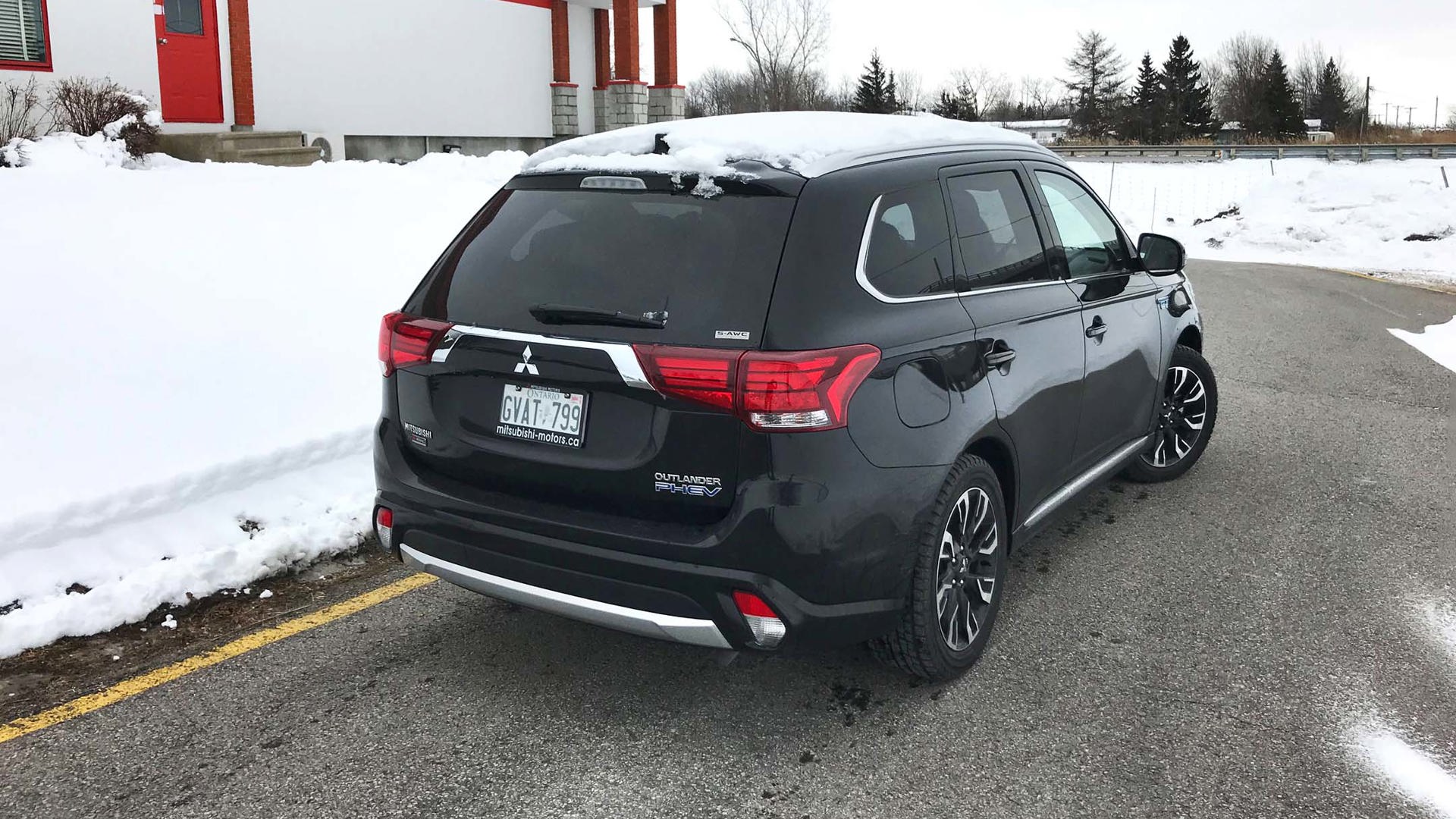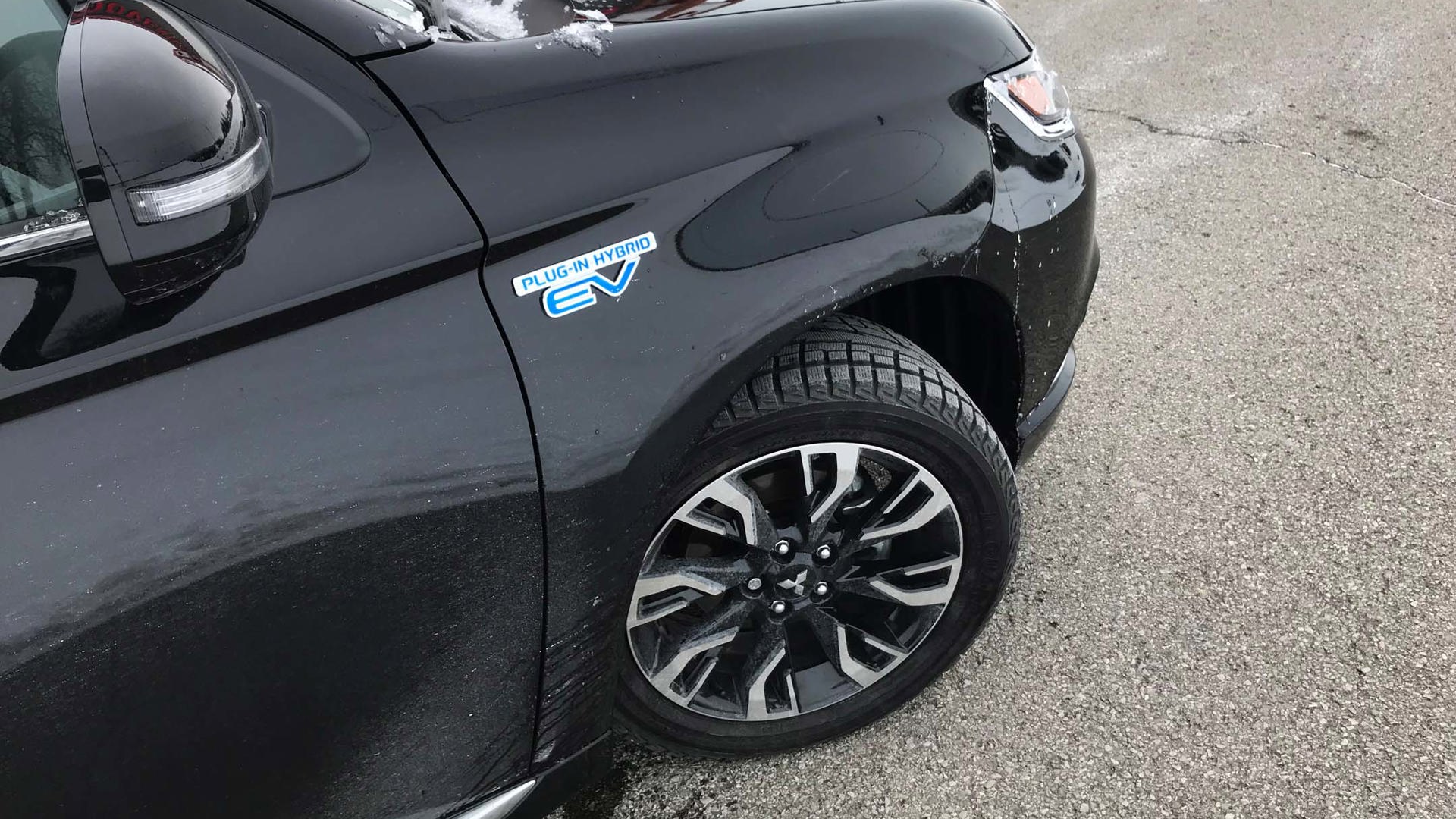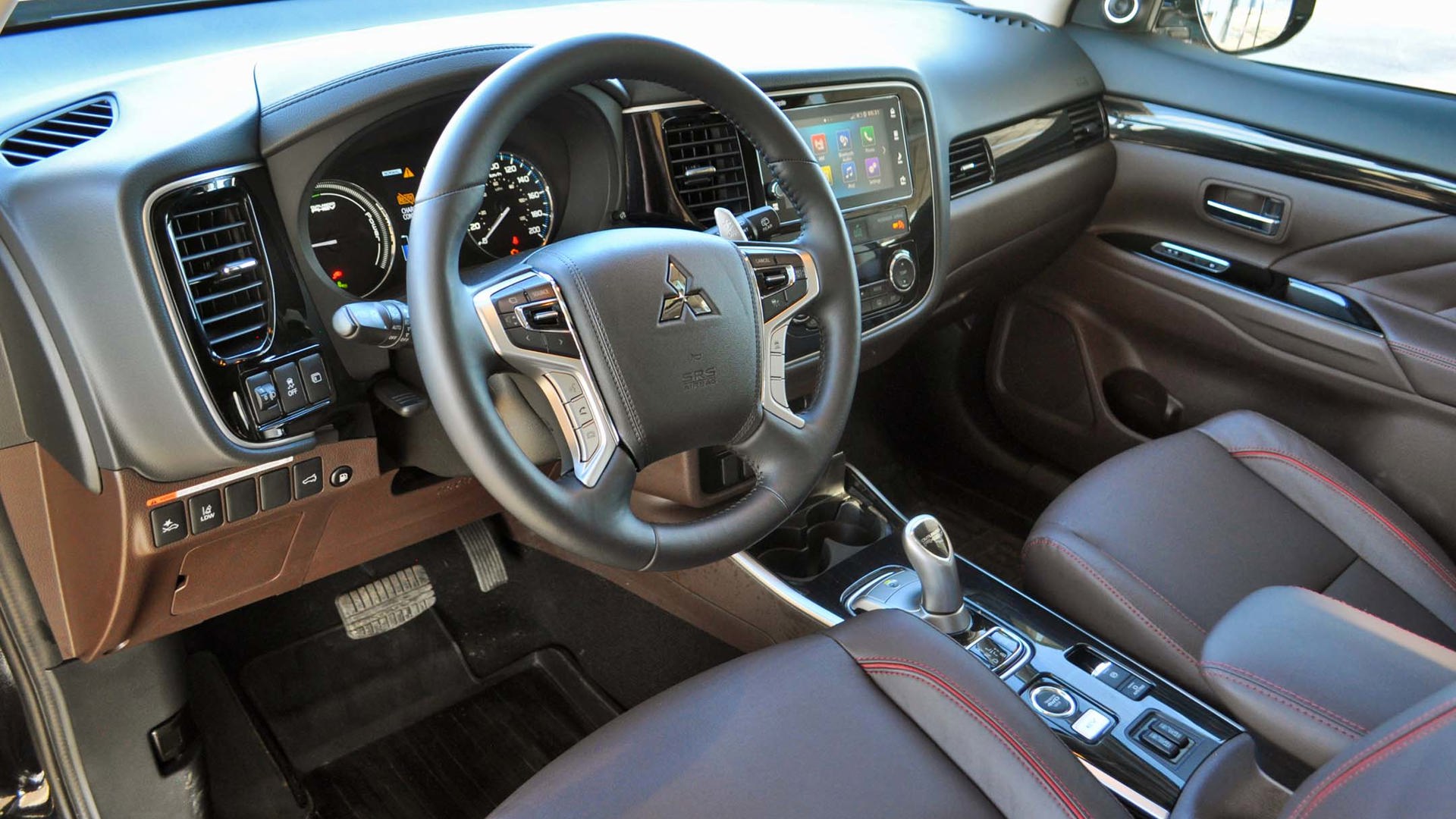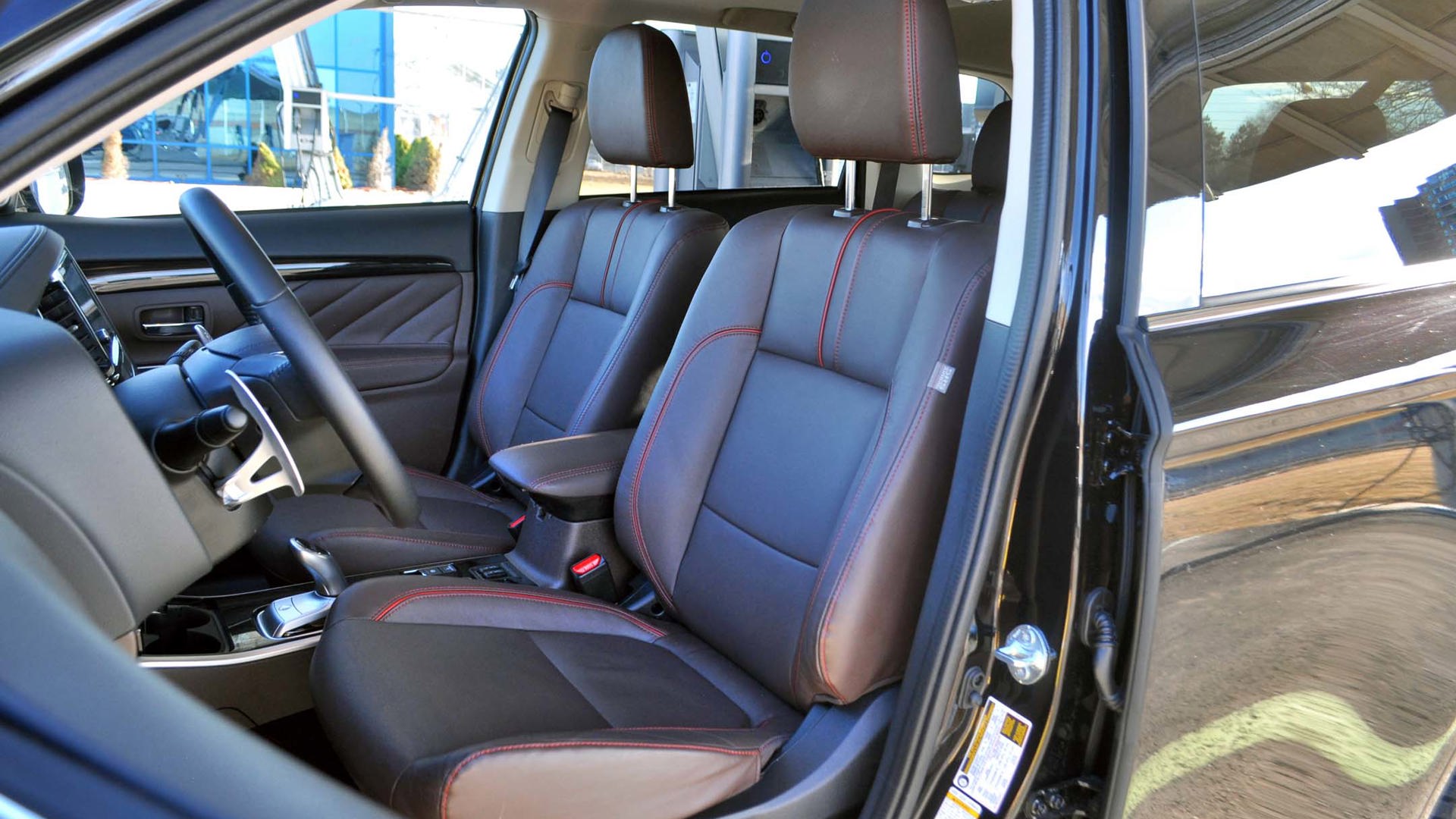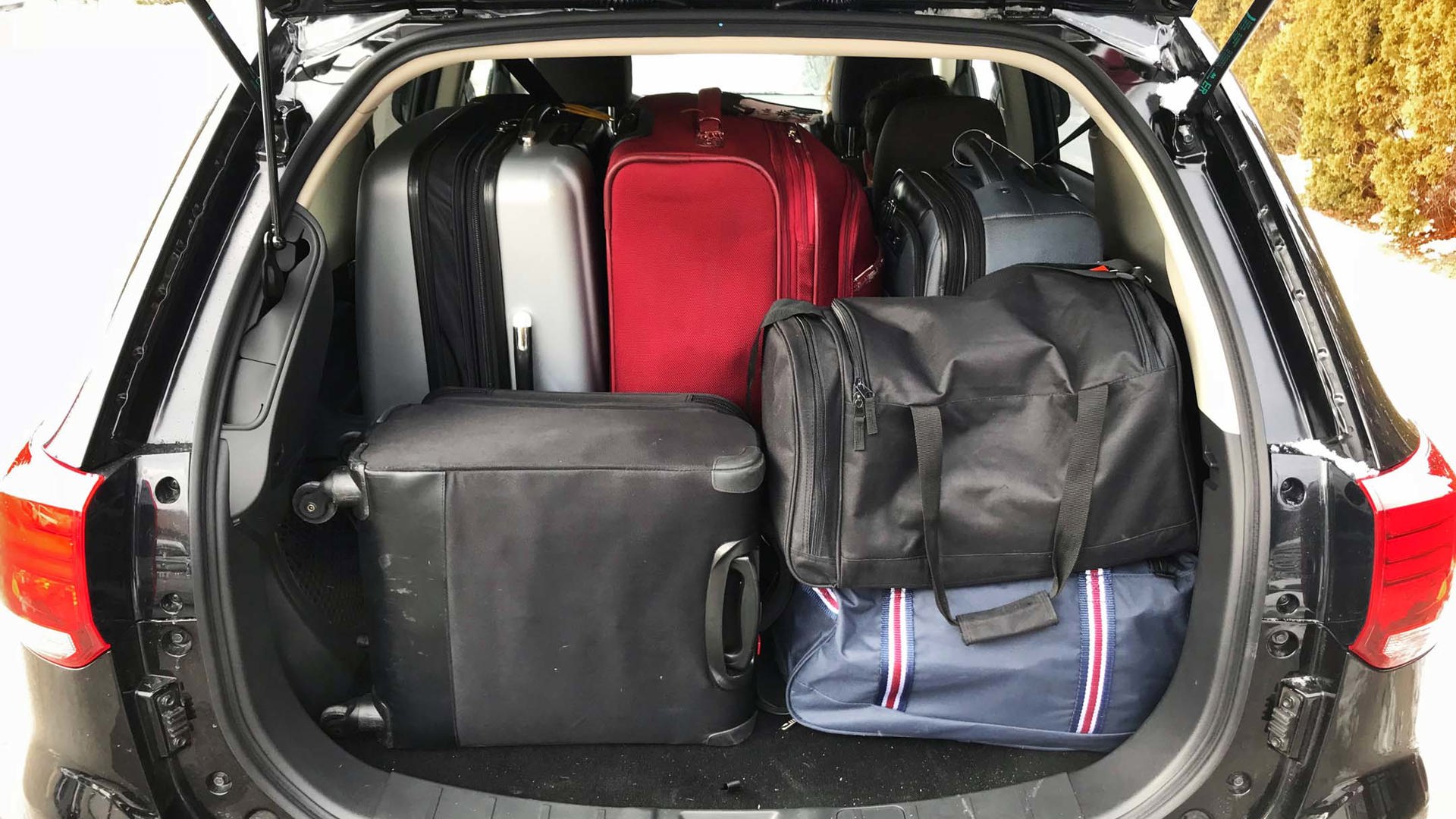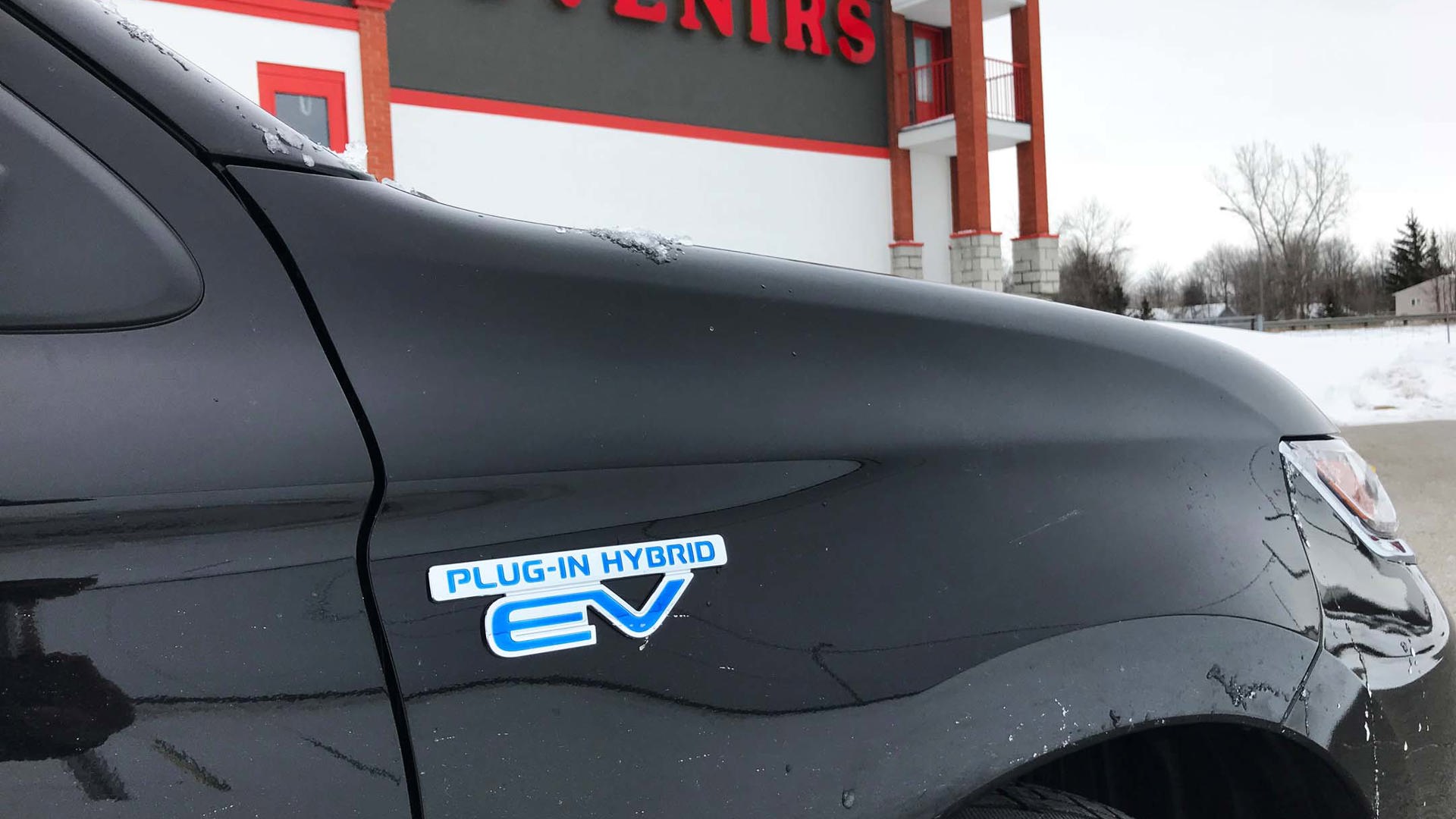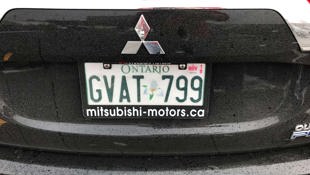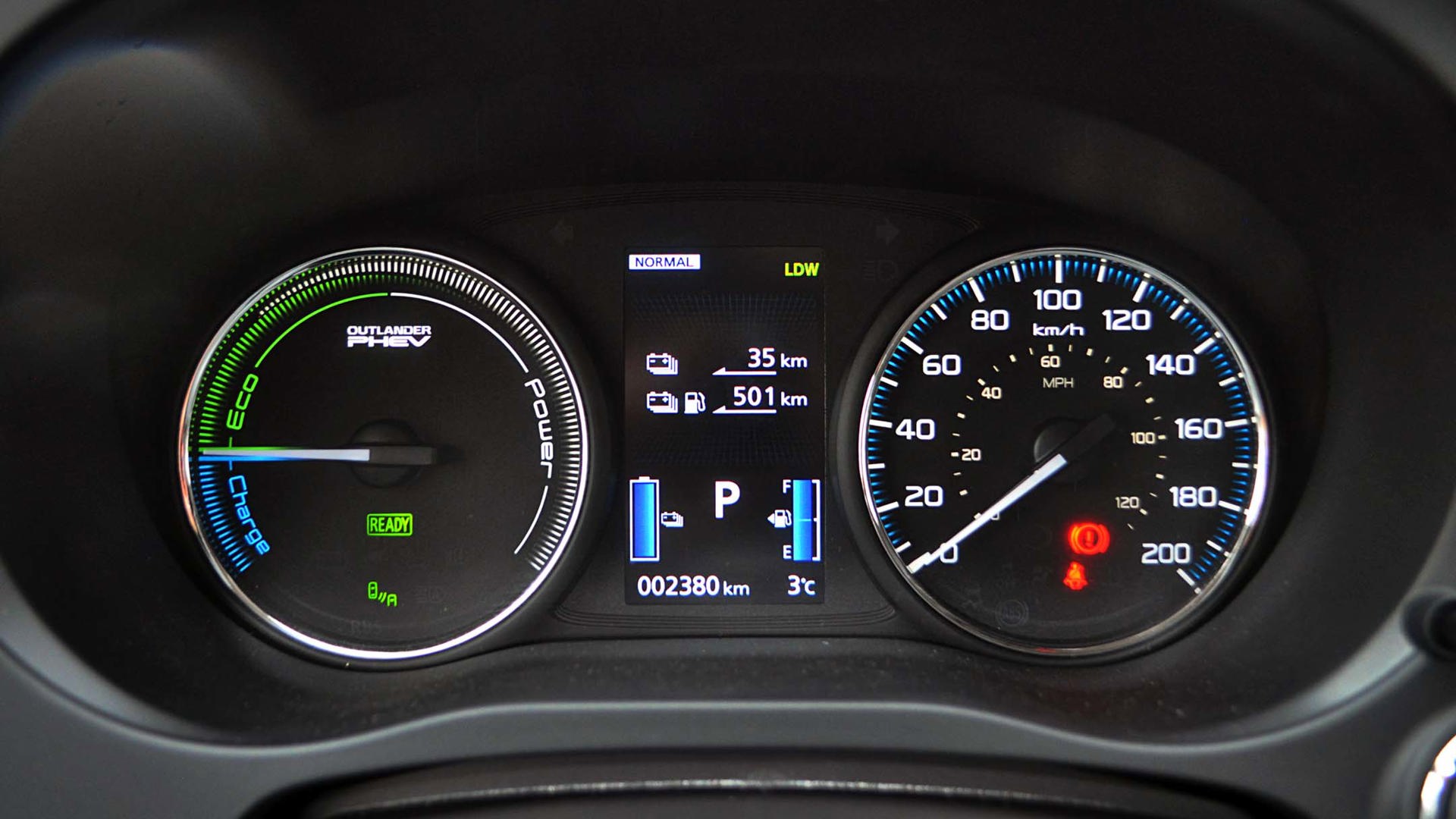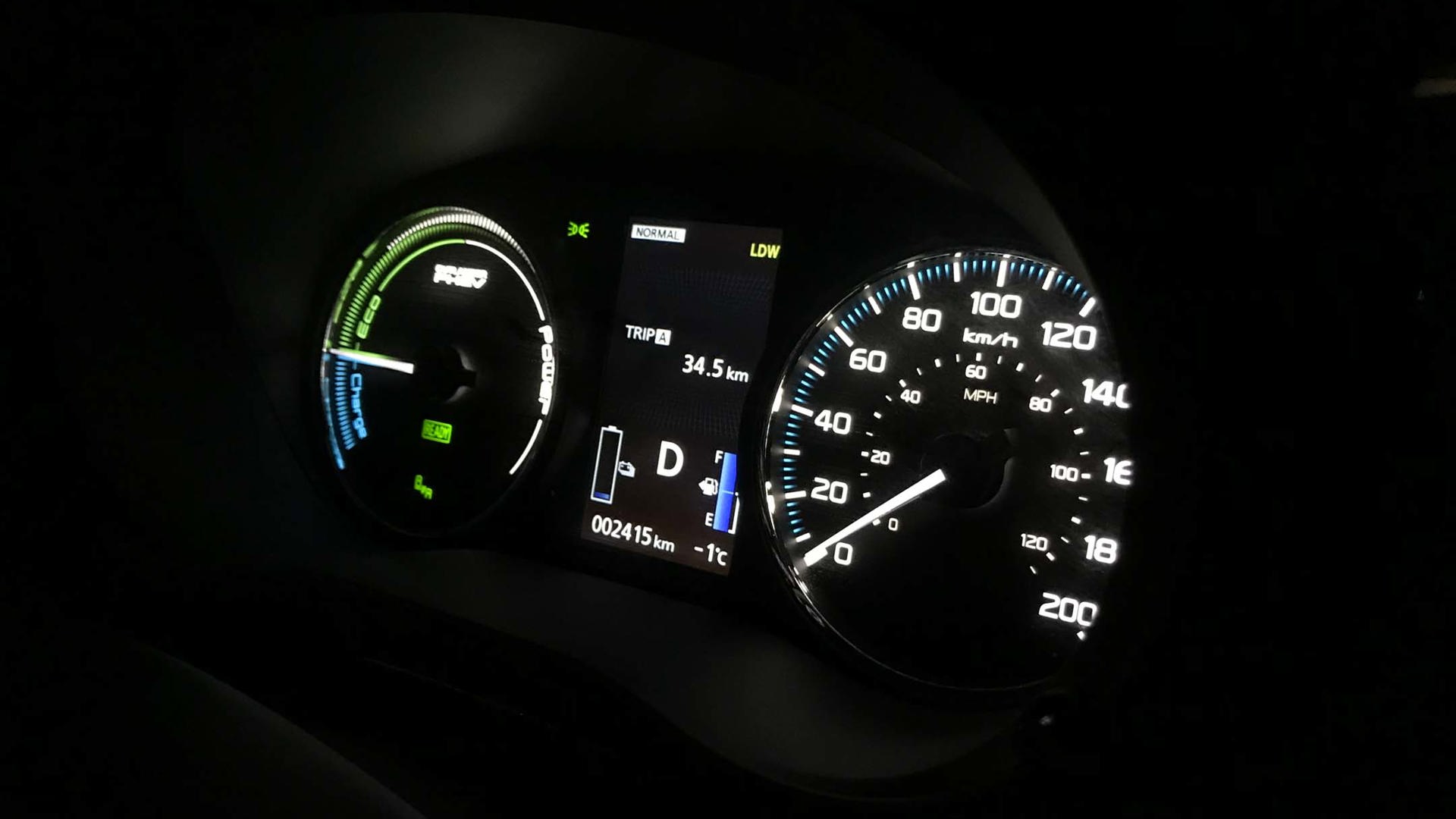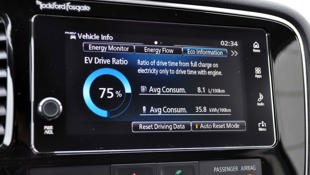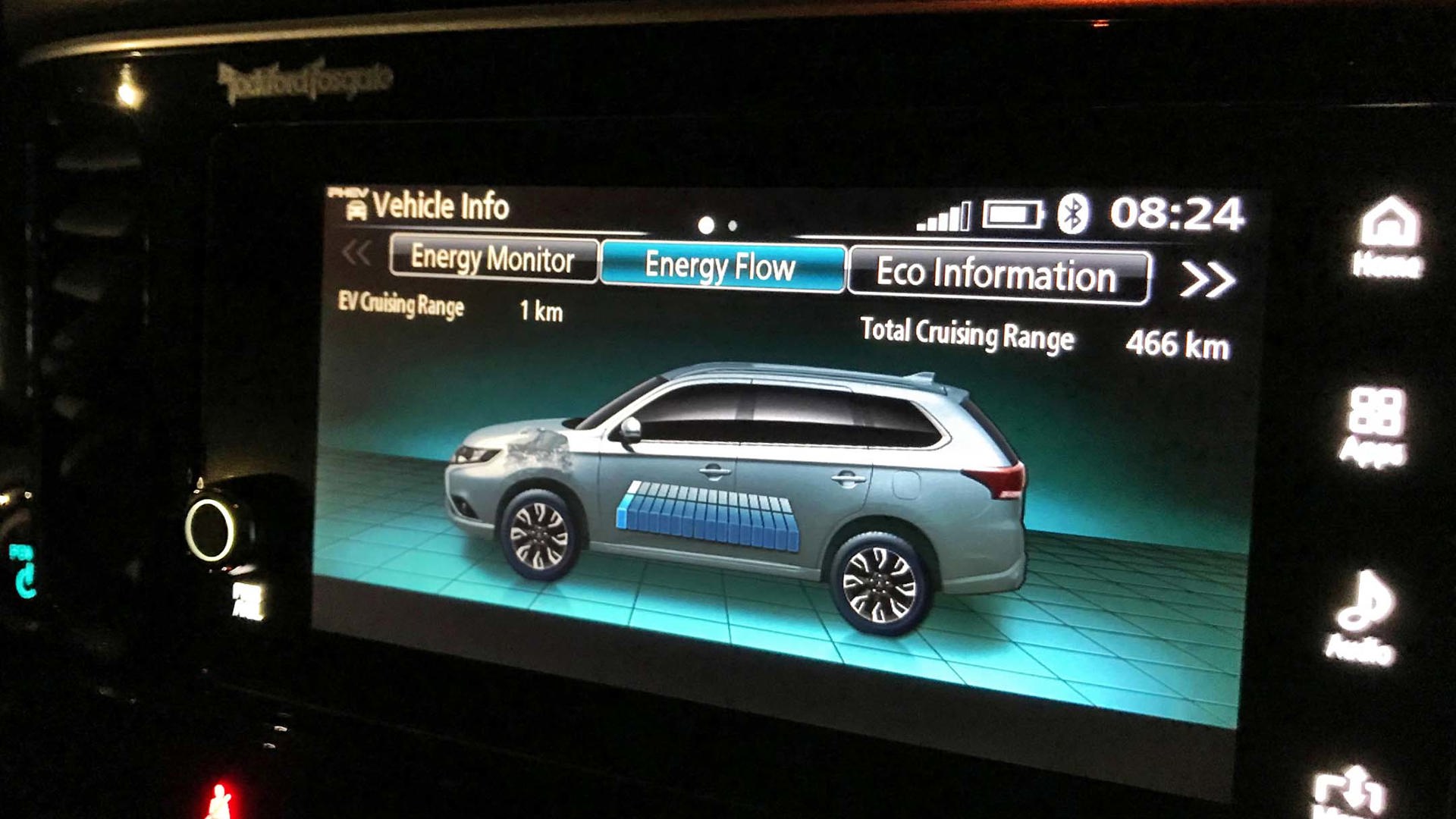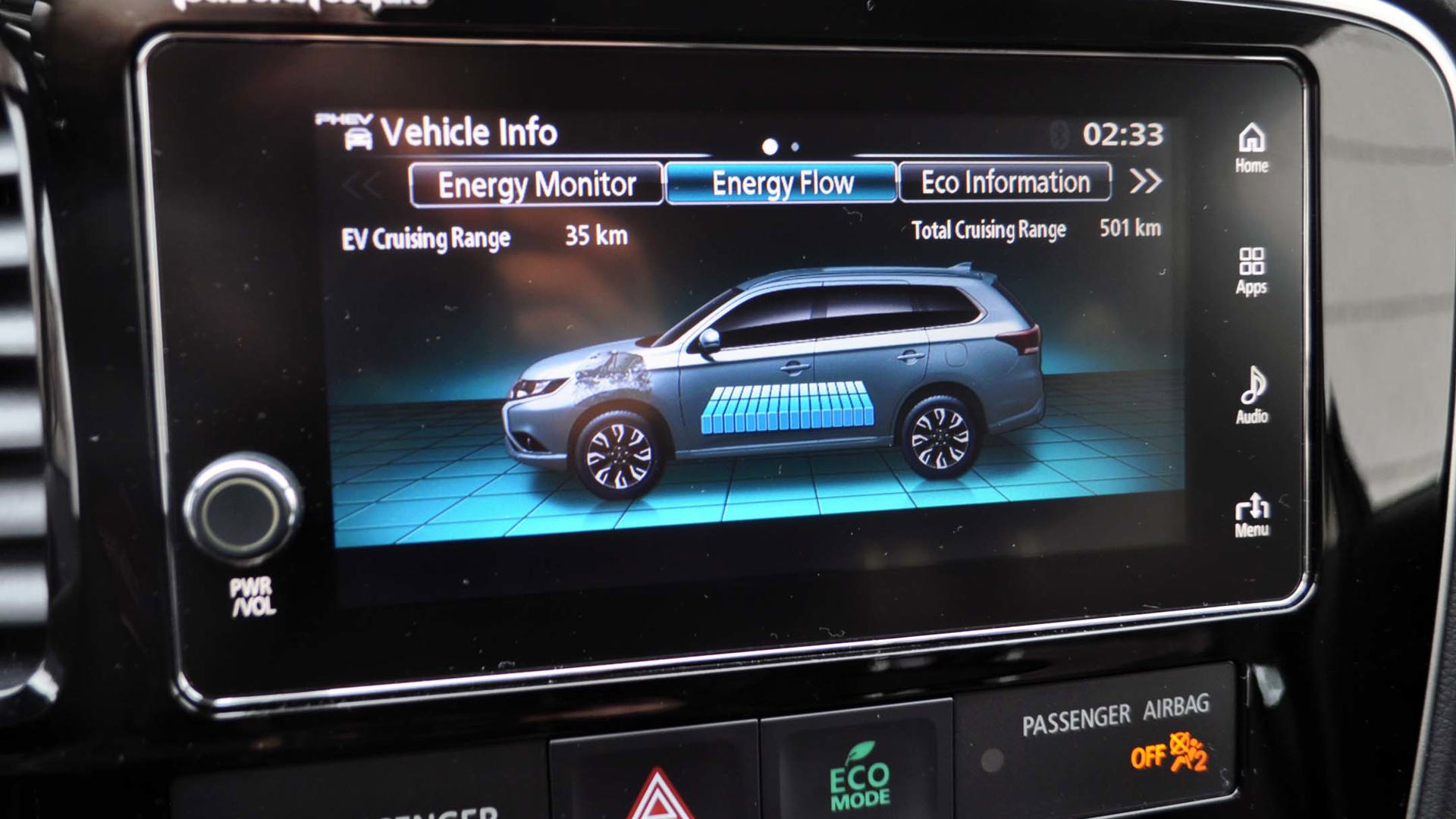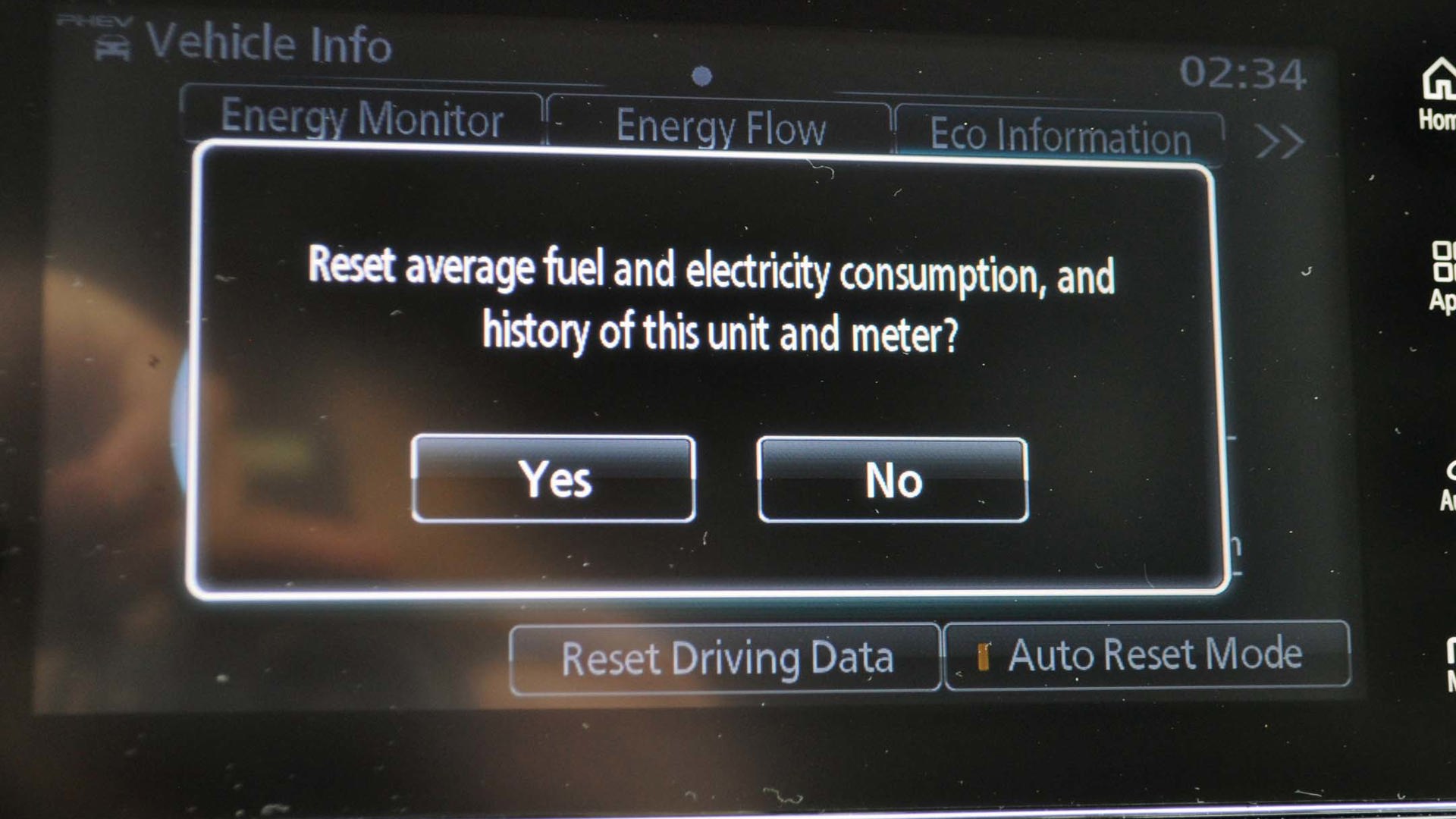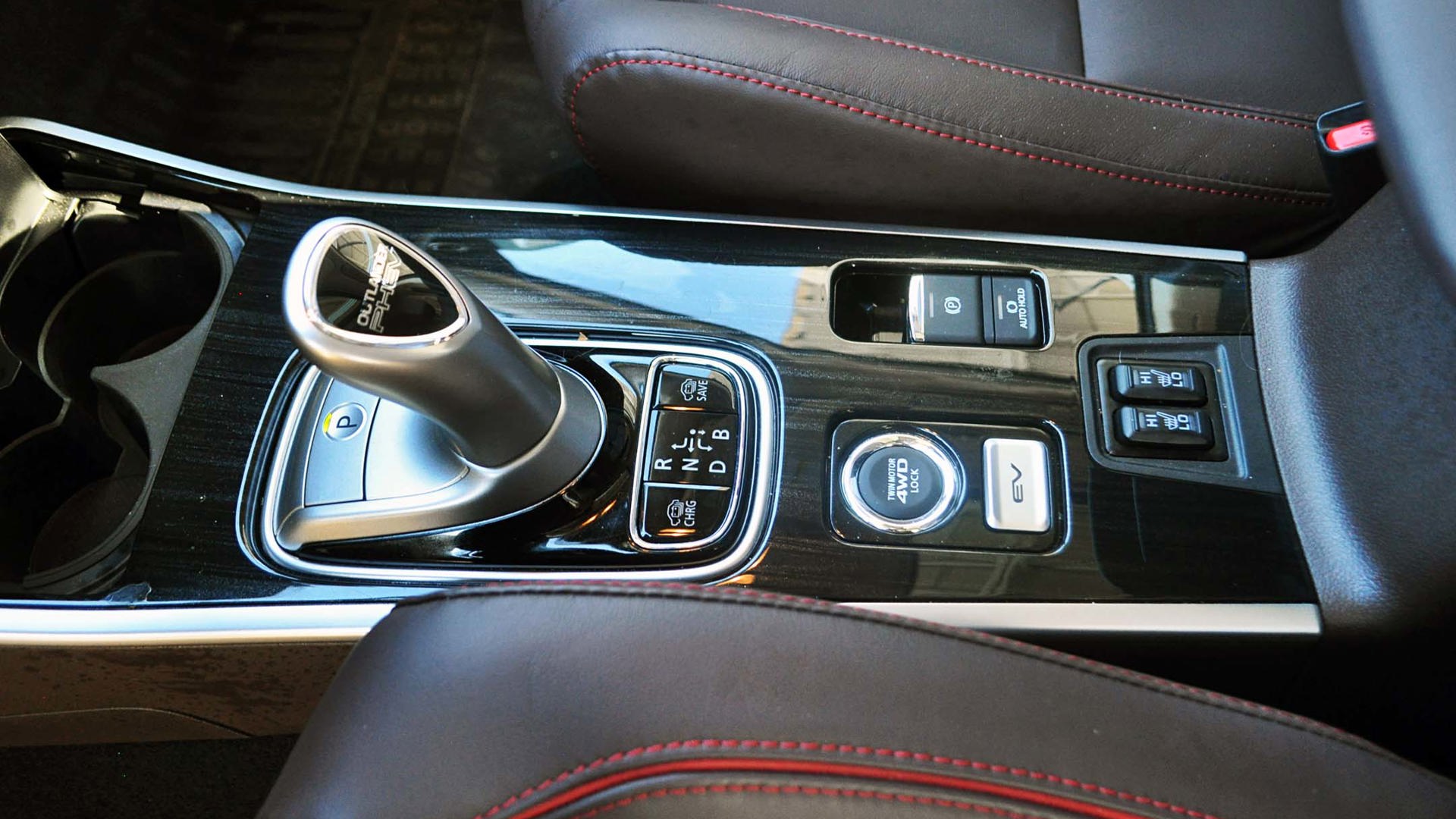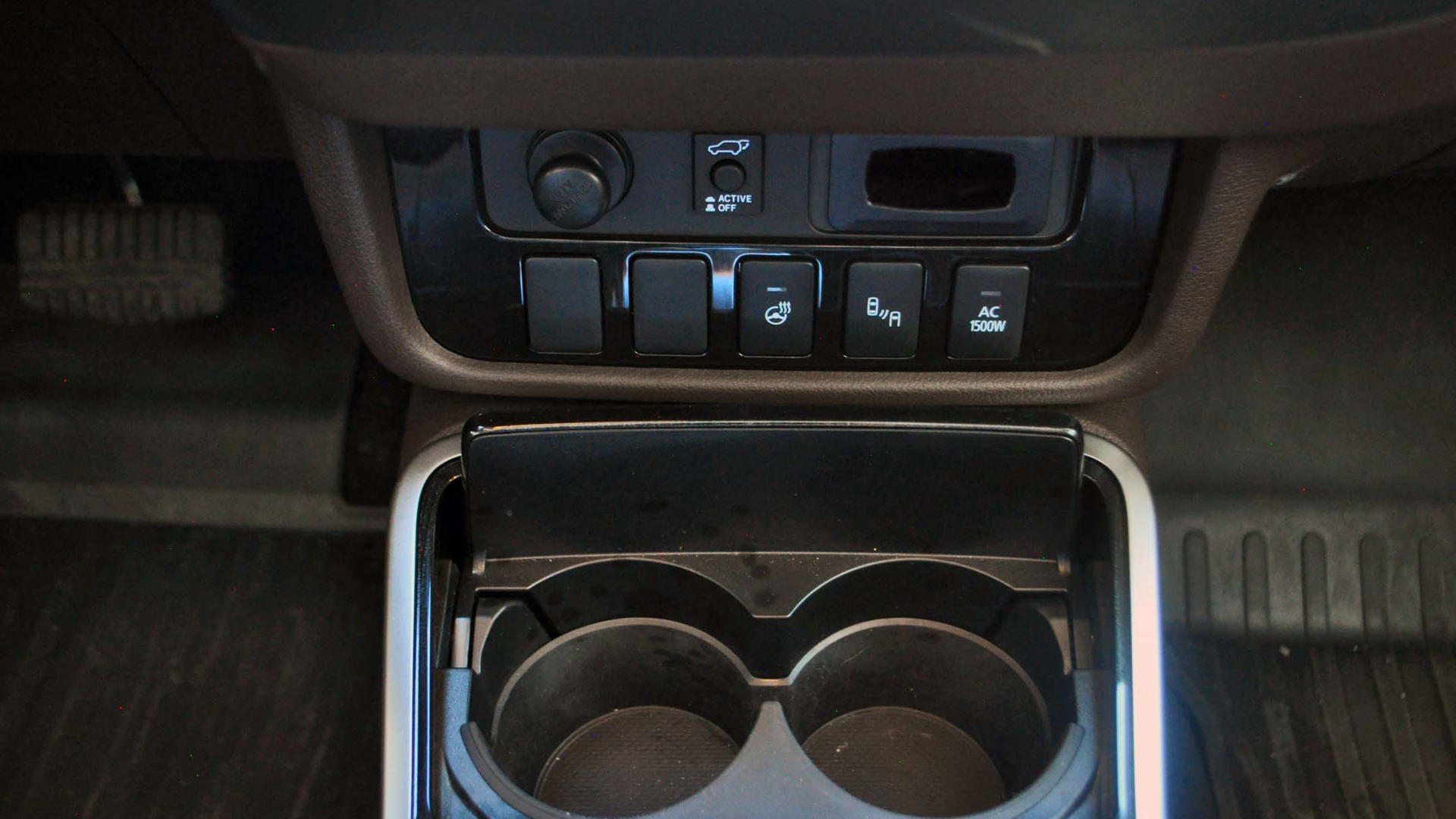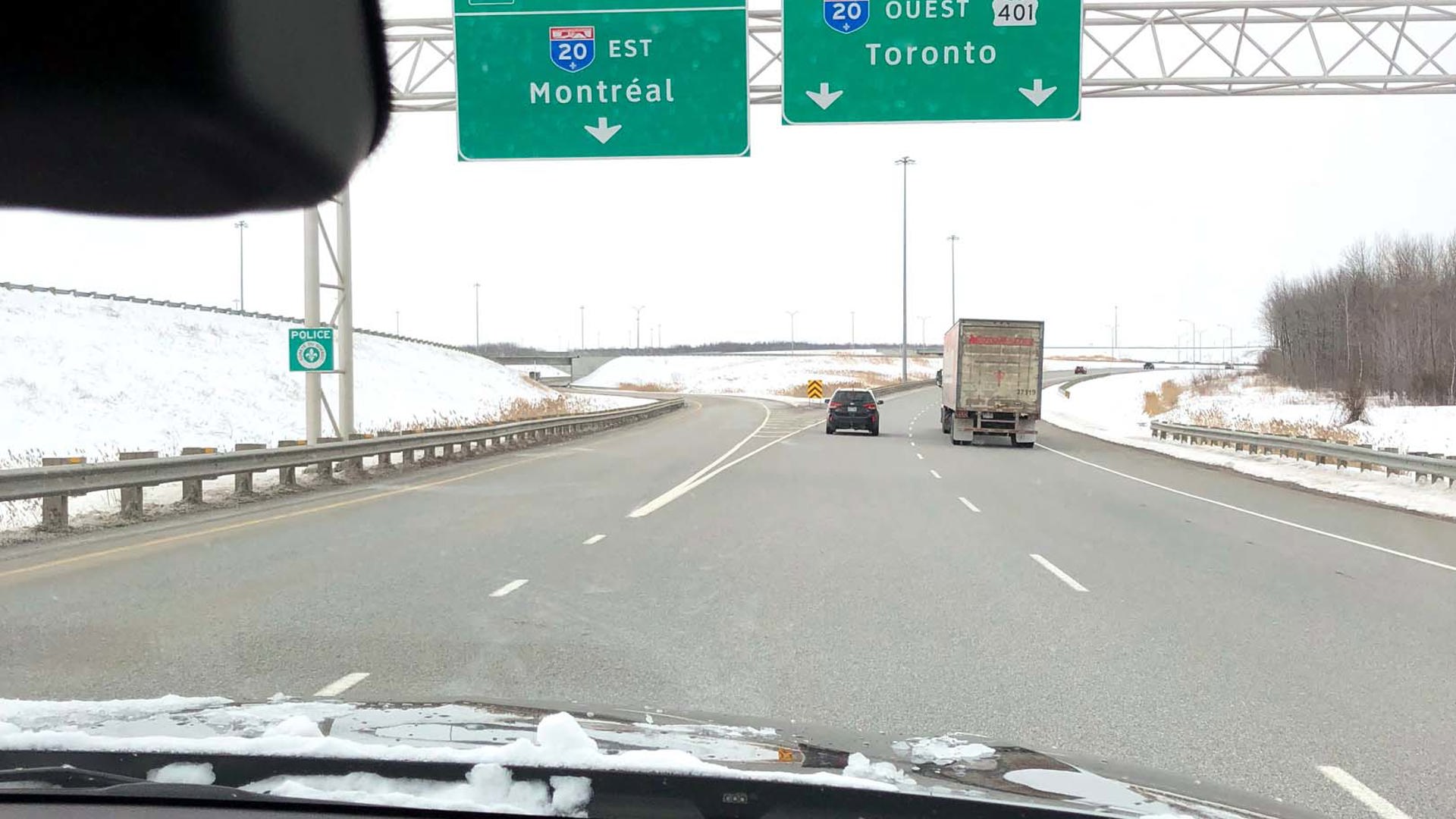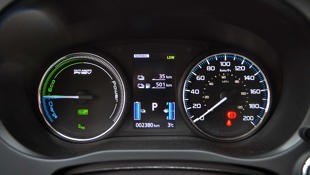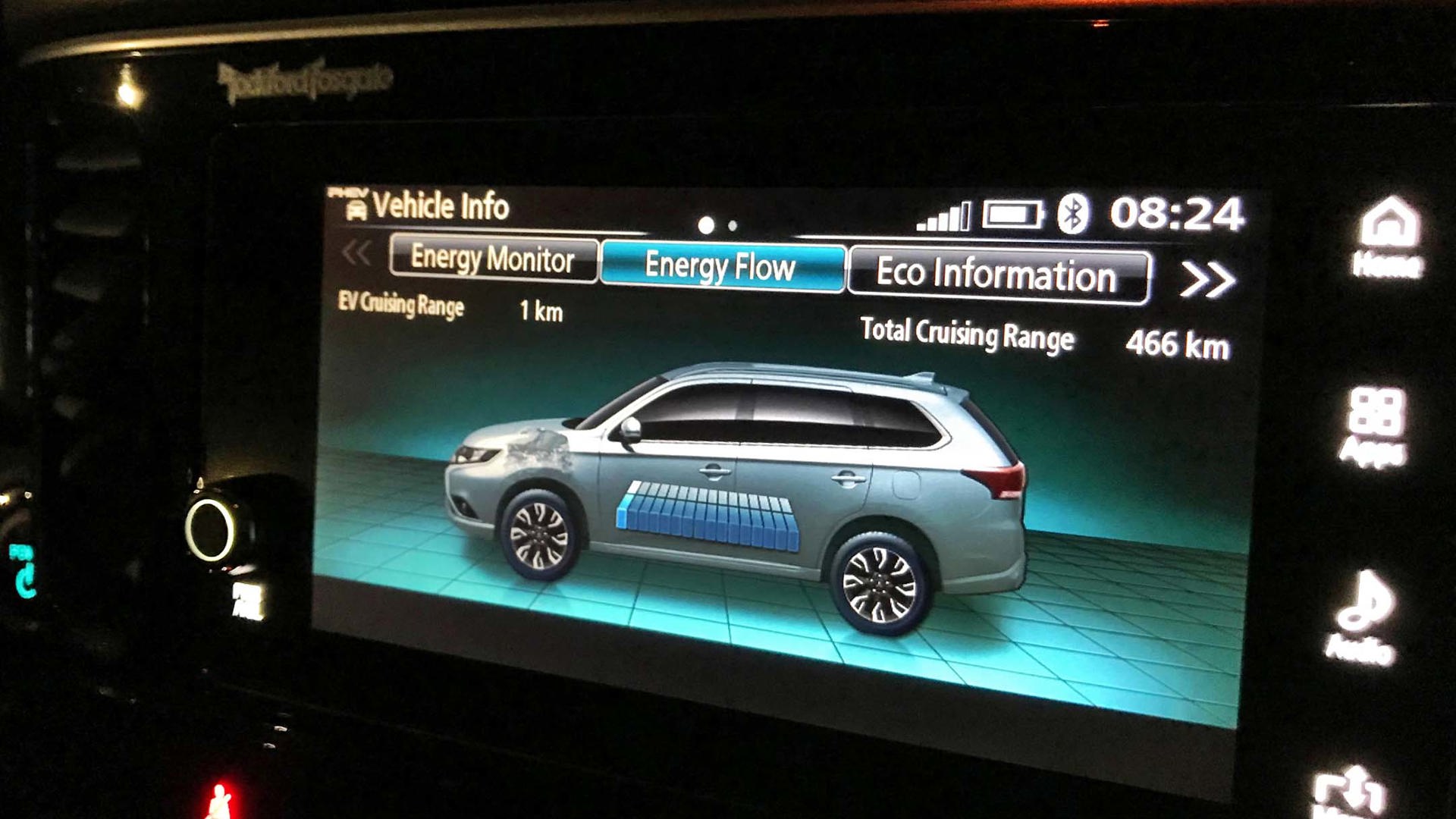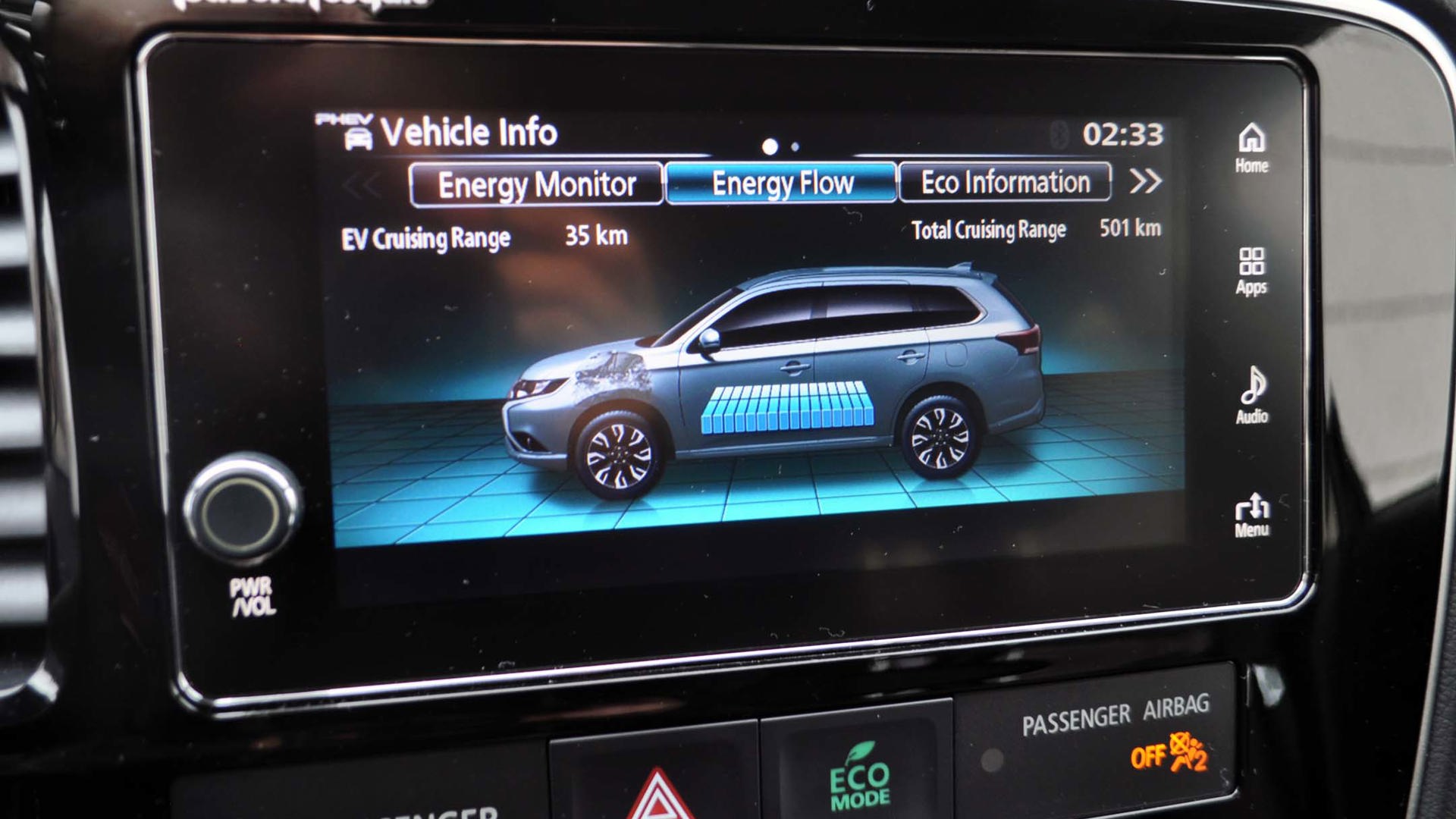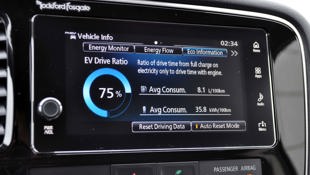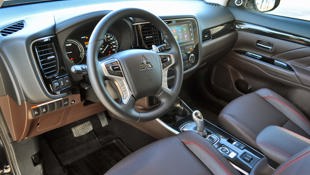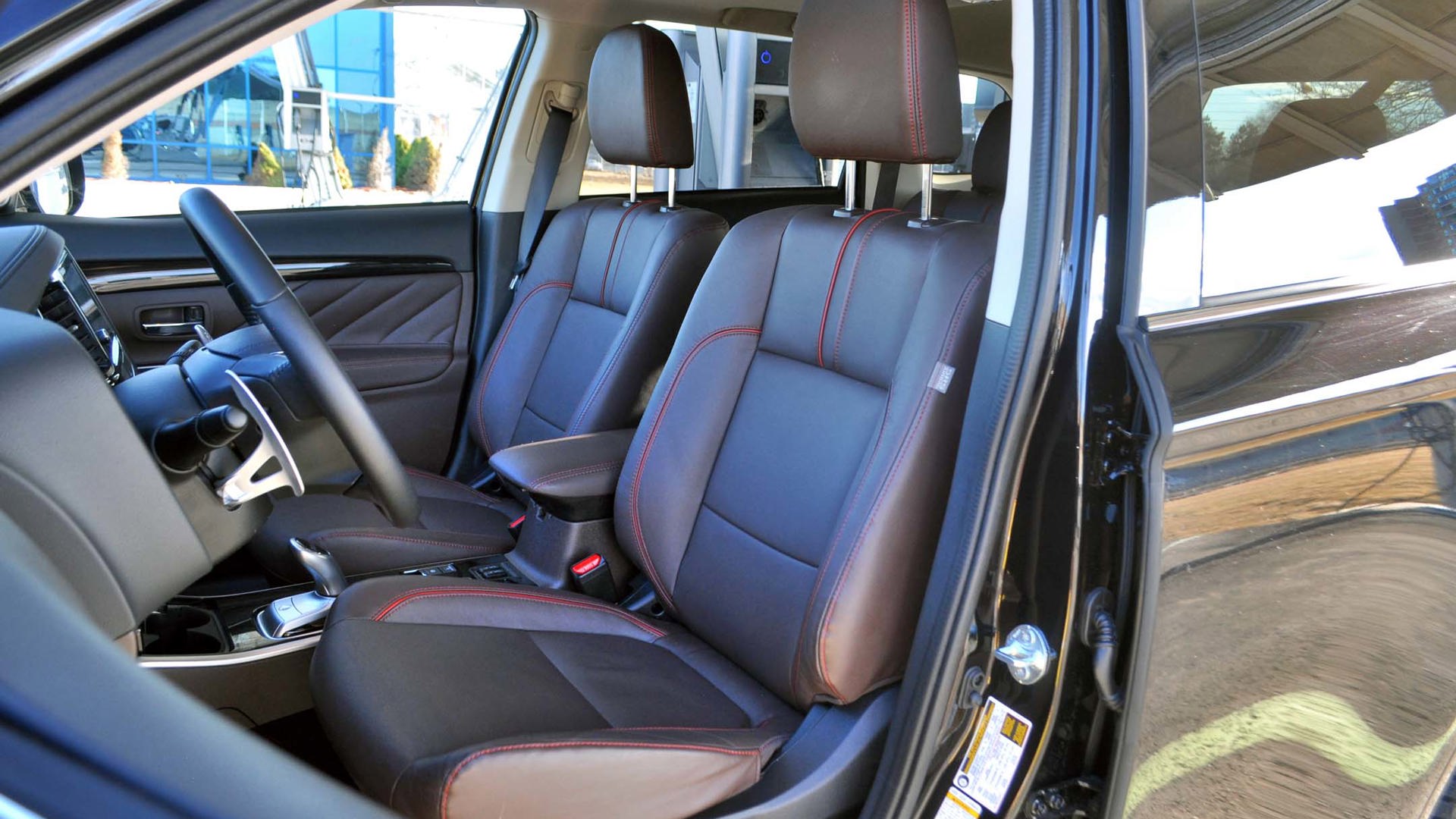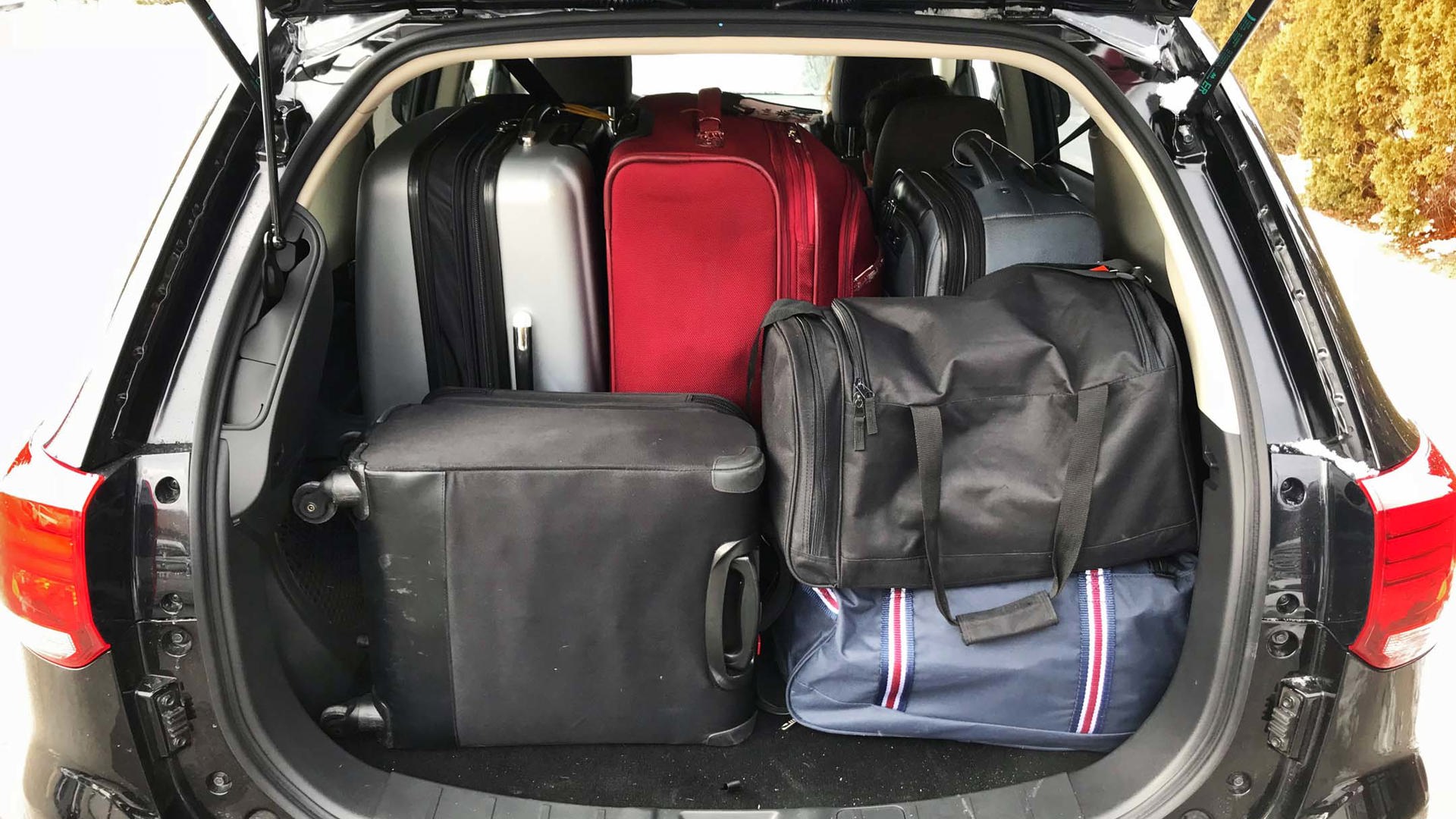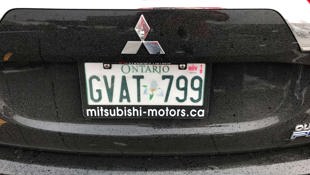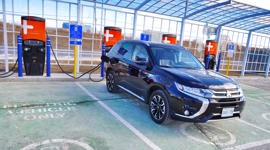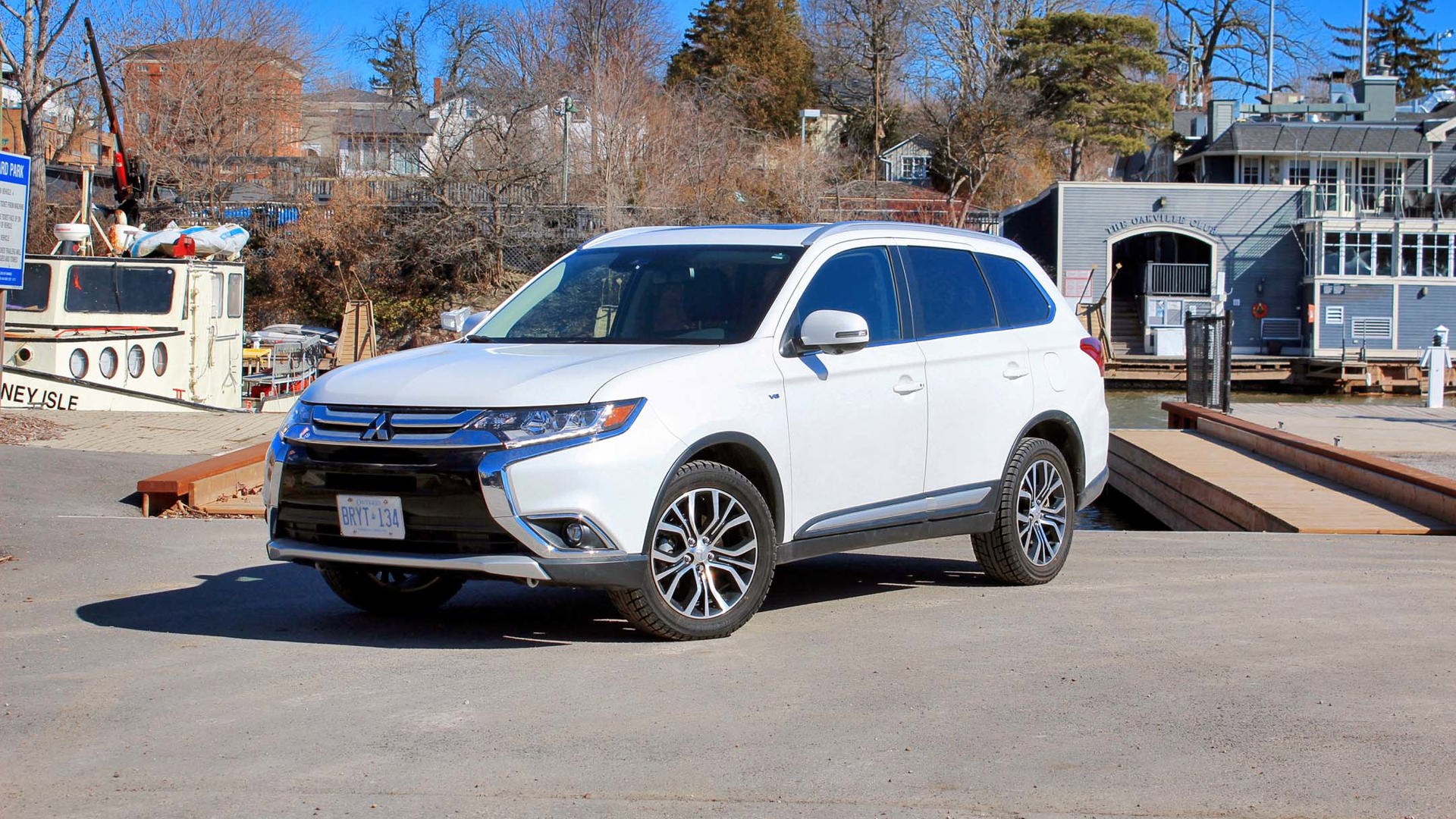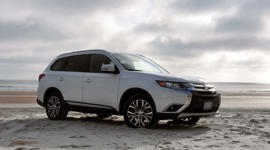Seems appropriate that within the first week of our long-term 2018 Mitsubishi Outlander PHEV’s arrival, we took it for a long-distance run to la belle province, where plug-in vehicle sales are the highest in the country – thanks to a combination of high fuel prices, expansive EV charging station options, and low electricity prices. Montreal in mid-March offered a frigid welcome: minus-double-digit temperatures overnight and snow blowing onto the highways – spring seemed a distant mirage.
I vowed to see what kind of wintertime range I could coax out of this plug-in Outlander.
Which was great, in a way, as our whole goal in testing the Outlander PHEV over almost three months (to late May) was to see how it fares in chilly winter conditions – traditionally the toughest season for electric vehicles in terms of range – and balmy spring weather – which is basically ideal for batteries.
Like people, current lithium-ion batteries perform best in temperatures roughly in the high teens to low 20°C range. Plus spring is temperate enough for drivers to avoid power-sucking heating and (to a lesser degree) air conditioning inside.
We’re still a ways away from those warm spring days, and who knows if we’ll see those ideal temps by the time this loaded Outlander GT returns to its corporate nest near the end of May. But we certainly covered the winter part, with that frosty trip to Montreal; plus a day of heavy snow and a wicked wind when we picked it up at Mitsubishi Motors Canada HQ in Mississauga, Ontario.
By the numbers
The exterior thermometer in front of the driver may have said low positive temperatures, with wind chill plunging it well below zero, but before I left Mitsu Canada’s parking lot, I looked at the 35 kilometres of all-electric range it promised on the dash – the same exact all-electric range as its official Natural Resources Canada rating – and I vowed to see what kind of wintertime range I could coax out of this plug-in Outlander.
Yup, that meant no interior heat for me for the first few trips I took in our Labrador Black all-wheel-drive SUV. Granted, I did use the heated seats and steering wheel to keep some semblance of comfort (and normalcy) to the test over those trips. I had also kept throttle inputs smooth to try to keep the power coming from only the two 80 hp electric motors at each axle, and not the 2.0-litre four-cylinder engine, which brings a raucous 117 hp and 137 lb-ft to the party.
End result: 34.5 km on battery power in total, with one km of range left showing on the battery but the engine continually working by then.
When I drove the Outlander PHEV at its media launch in BC, Mitsubishi noted the powertrain’s combined output at 197 hp, but didn’t state a combined torque figure, stating that you can’t just add up the torque of the two motors and engine together, as they tend to come in at different times (4,500 rpm for the engine, roughly 0 rpm for the motors). A couple of Mitsubishi dealers have published a 281 lb-ft figure, which is simply the sum of the engine torque (137 lb-ft) and the rear motor torque (144 lb-ft).
Granted, it’s not quite as quick as the V6 Outlander we tested in our recent affordable three-row SUV comparison, but when there’s charge in the battery, it’s leagues smoother and more luxurious feeling.
It’s also roughly $12,000 more expensive than the gasoline equivalent in the top GT trim, but that’s before provincial plug-in vehicle rebates – available in Ontario, Quebec, and BC, and in that order of generosity.
The Ontario government has changed the formula for its plug-in vehicle rebates, basing it on all-electric range rather than the size of the battery. Thus, as of March 9, 2018, Outlander PHEV buyers are eligible for a $7,000 rebate – still the highest in the country, but notably lower than the prior rebate of $9,555. Buyers in Quebec are eligible for $4,000, while those in BC will receive $2,500, or possibly more if they remove an older used car from the road at the same, as part of the province’s Scrap-It program.
Runabout runaround
On our quick jaunt to Montreal and back with the entire family, we truly appreciated the roomy cargo bay, as we had it loaded up with a week’s worth of luggage and getaway gear. There’s no way we could have packed so much cargo in our own family’s C-Max Energi plug-in, as the bulky battery eats up almost half the space back there. And the Outlander is the only plug-in hybrid SUV to also offer Level 3 quick-charge capability, which promises an 80 percent charge in 30–40 minutes.
Unfortunately, we didn’t find any such quick chargers on our straight-shot route there or back from Montreal – these really should be at the various OnRoute highway stops, but sadly aren’t – even the slower Level 2 stations, which take closer to three hours for a full charge, were hard to find at lunch stops close to the highway. So it was simply a trip where we used regular gas the entire way, averaging 7.3 L/100 km during our mostly highway drive. Plus we had to stop relatively often for liquid fuel – the gas tank shrinks from 60 L to 43 L to accommodate the lithium-ion battery under the Outlander PHEV’s seats – a full tank carried our heavily loaded family anywhere from 350 to 400 km before we saw the low fuel light.
Outside of our surprise that our new $50K long-termer doesn’t have its own GPS system, the Outlander PHEV has already proven to be a capable long-distance hauler – its standard Android Auto and Apple CarPlay mean nice big on-screen GPS directions are still available, as long as you have a cord with you. We’re looking to get to know it even better over the next few months, and folks around the office have already asked to test drive it, as they consider their own plunge into living with this capable plug-in SUV.
| Engine Displacement | 2.0L |
|---|---|
| Engine Cylinders | 4 |
| Peak Horsepower | 197 hp @ 4,500 rpm combined |
| Peak Torque | 137 lb-ft @ 4,500 rpm; 101/144 lb-ft front/rear motor |
| Fuel Economy | 9.4/9.0/9.2 L/100km city/hwy/cmb; 3.2 Le/100 km, 27.7 kWh/100 km |
| Cargo Space | 861 / 2,209 L seats down |
| Model Tested | 2018 Mitsubishi Outlander PHEV GT S-AWC |
| Base Price | $49,998 |
| A/C Tax | $100 |
| Destination Fee | $1,450 |
| Price as Tested | $51,748 w/o rebate |
|
Optional Equipment
$200 – Labrador Black
|
|

